Architectural beauty
Luong market covered bridge was built in 1511, during the reign of King Le Hong Thuan. After more than 500 years of history, with many restorations, the covered bridge still retains its ancient, rustic features. The beauty of the bridge lies in the "upper house lower bridge" architecture, meaning the upper part is the house, the lower part is the bridge. According to ancient documents, the bridge was originally built simply, the roof was covered with simple grass, after the major restoration in 1922, the bridge was covered with tiles as it is today.
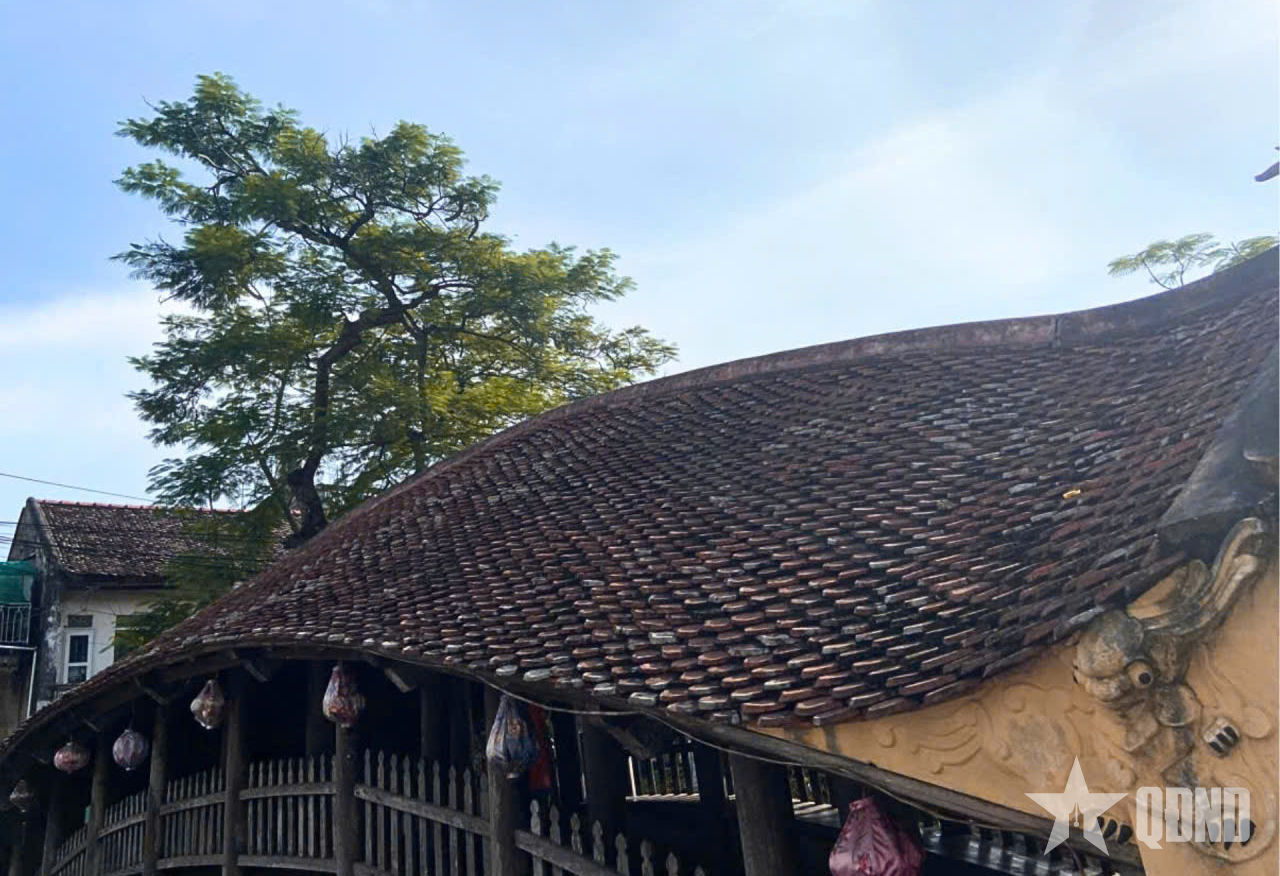 |
| The bridge roof is covered with dragon scale tiles. |
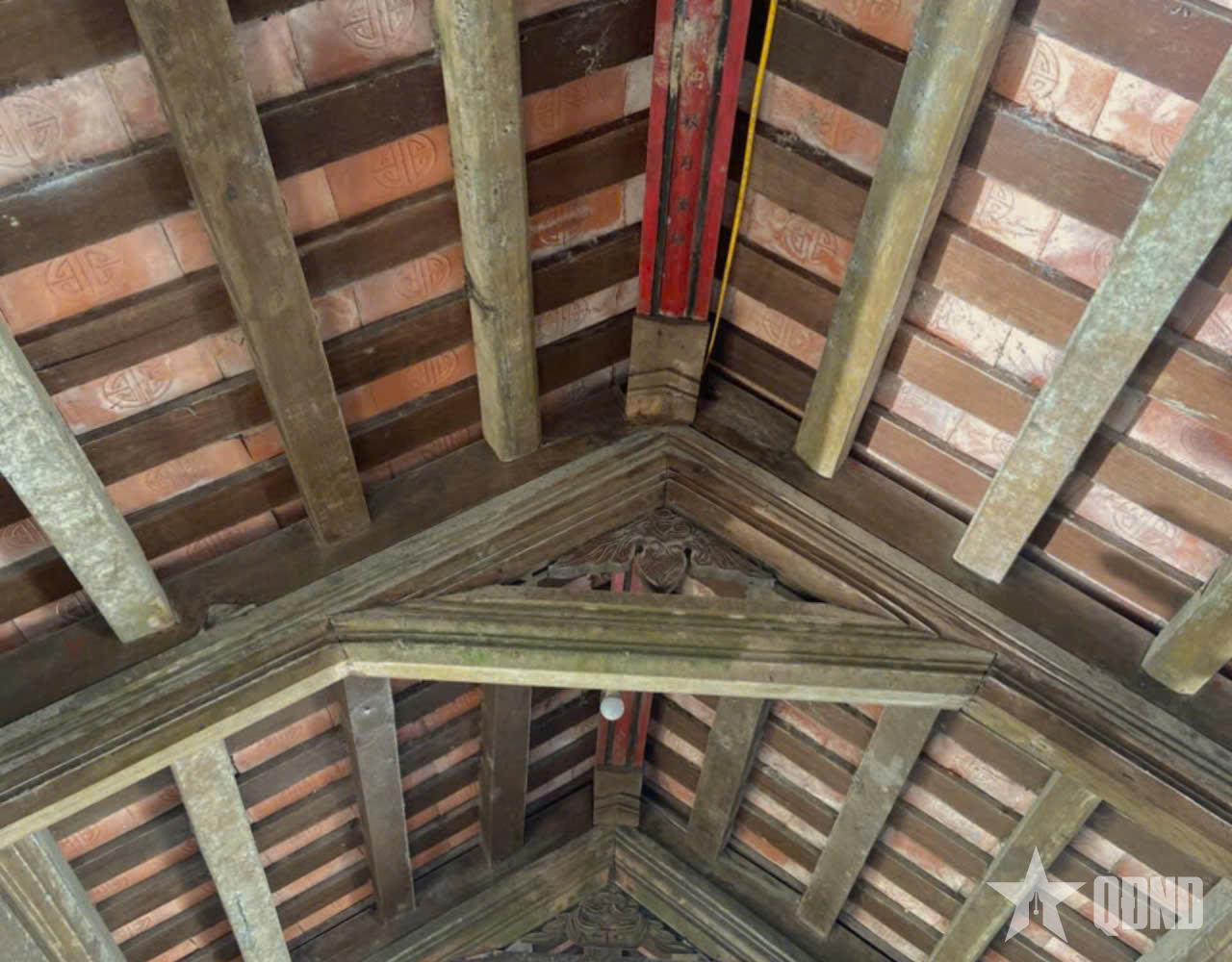 |
| Roof structure from the inside. |
The upper part of the bridge is covered with dragon scale tiles, with a structure similar to the design of a three-room house in the North. The lower part is the bridge railing and the bridge floor. Both parts are connected by a system of round columns erected along both sides of the bridge railing and gates built at both ends.
The bridge consists of 9 curved spans, resembling the body of a dragon. The roof of the bridge is supported by 40 sturdy ironwood columns. The bridge is built on 18 large, beautiful square stone columns, divided into 6 rows, each row has 3 columns. On each stone column is a system of large ironwood beams to support the beams and floors.
The system of crossbeams, longitudinal beams, trusses, purlins, and bridge floor are all made of ironwood. The floor of the bridge is 2m wide, consisting of 66 ironwood bars joined together, lying on a row of curved beams.
On the main pillar in the middle of the bridge, the scroll is engraved with four Chinese characters “Quan Phuong Xa Kieu”, meaning the bridge of Quan Phuong commune. Guarding both sides are statues of the chimera, a mascot symbolizing protection, suppressing evil spirits, and driving away bad things.
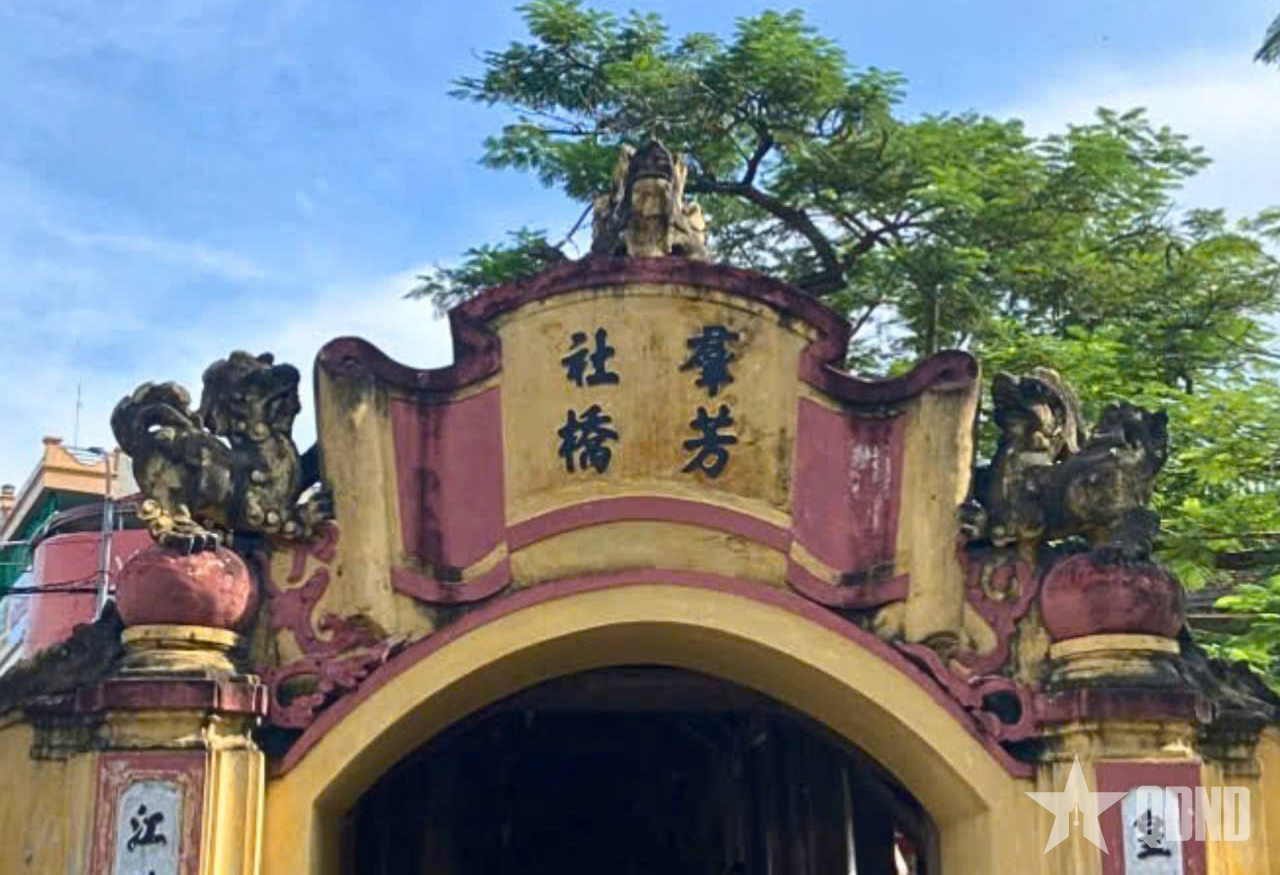 |
| Scroll with the words "Quan Phuong Xa Kieu" and a pair of dragons. |
With its ancient beauty and unique architecture, in 1990, Luong Pagoda's tiled bridge was recognized by the State as a National Cultural Heritage, ranked among the most beautiful tiled bridges in Vietnam.
Cultural and historical significance
Not only possessing unique architectural beauty, Luong Pagoda's covered bridge also carries rich cultural colors and historical significance. On both sides of the bridge are engraved four pairs of ancient parallel sentences in Chinese characters, including a large parallel sentence at the North gate:
(Temporary translation:
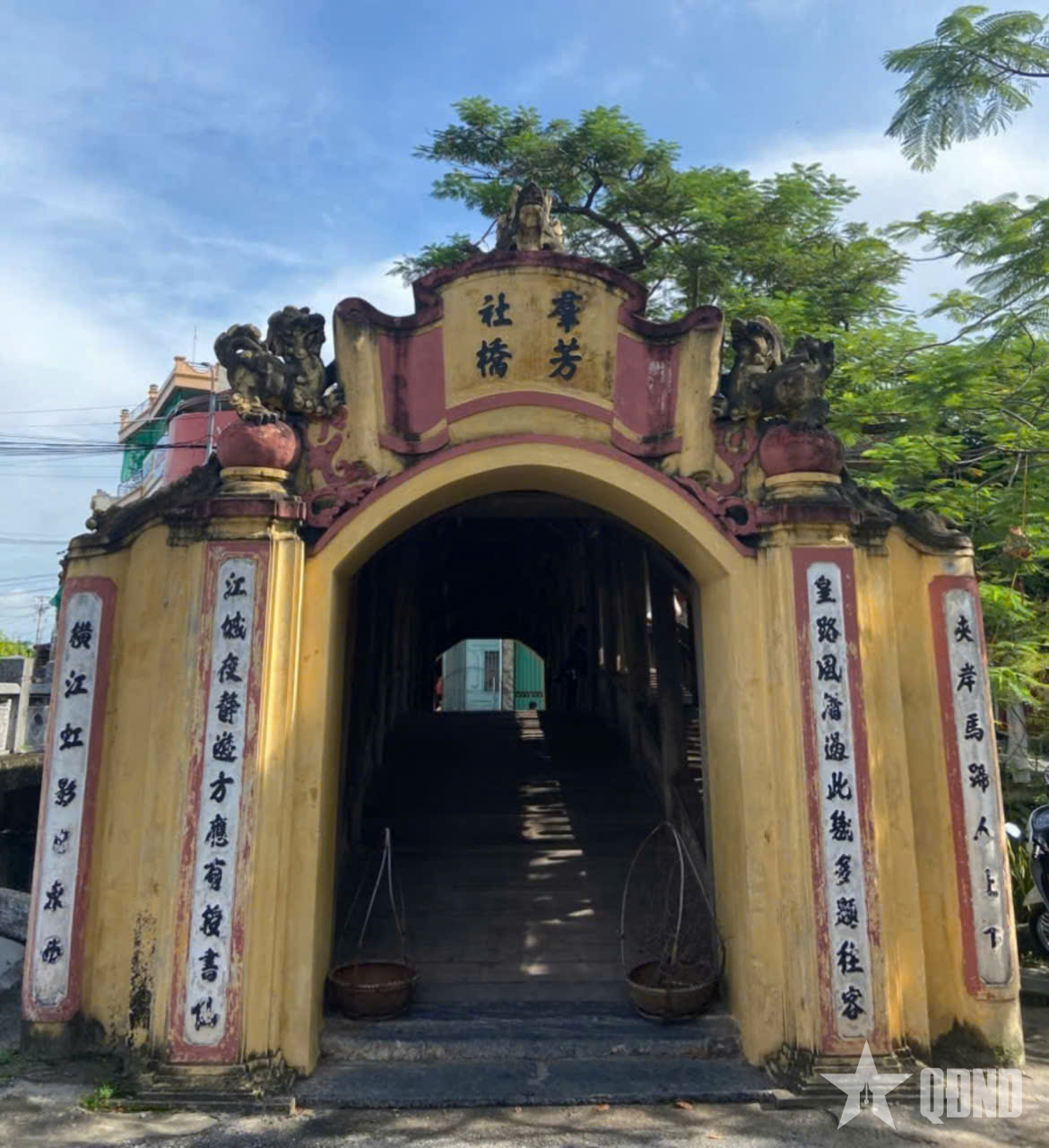 |
| South gate of the bridge. |
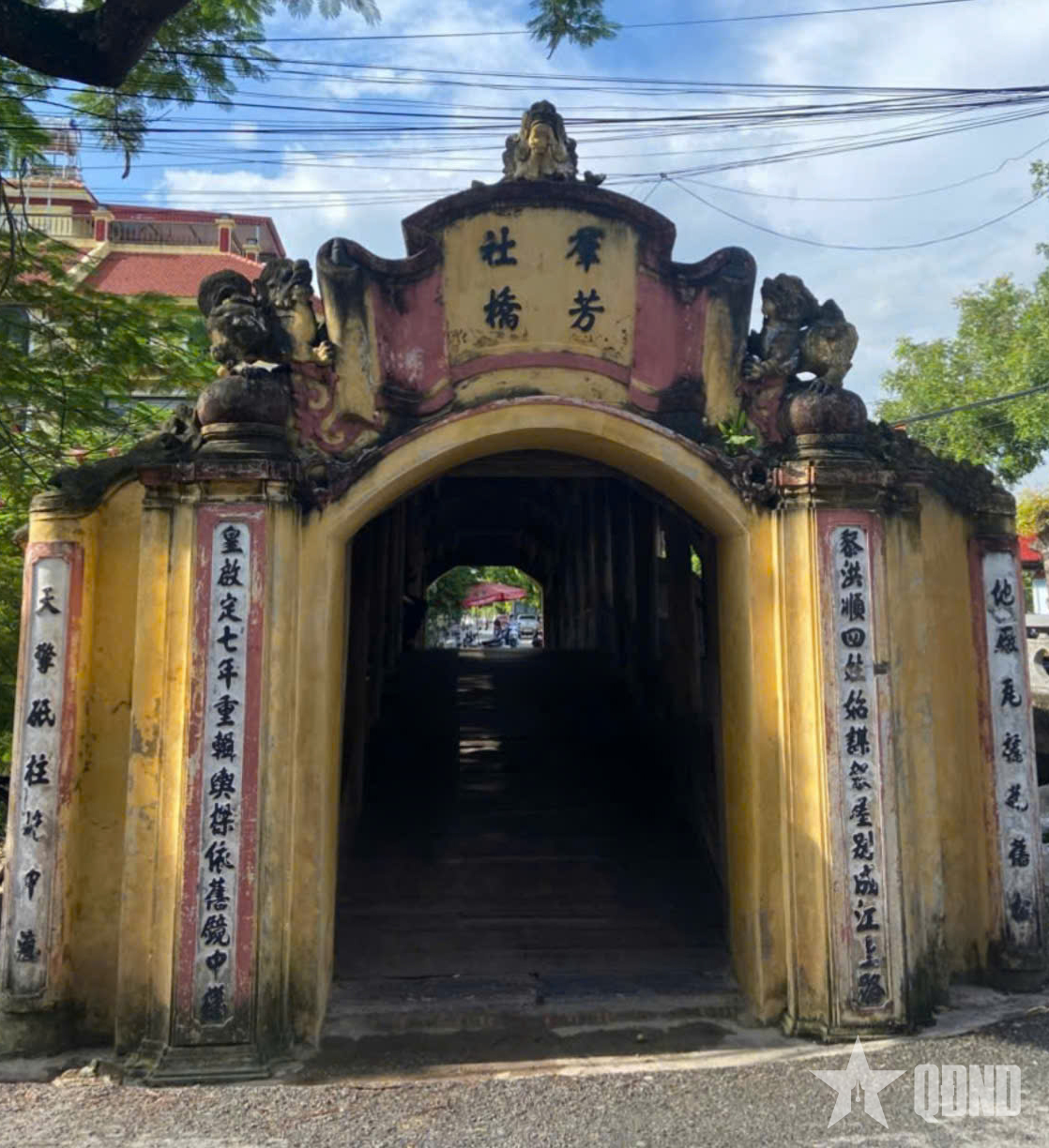 |
| North gate of the bridge. |
From the above parallel sentences, we can see a part of the long history of the bridge. The bridge was built during the reign of King Le Hong Thuan, by the first 4 families who migrated and reclaimed the ancient land of Quan Anh. In the 7th year of Khai Dinh (1922), the bridge was restored, still retaining its original architectural features.
It can be seen that the bridge has appeared since the early days of the locality, playing an important role in people's lives for many centuries.
The remaining parallel sentences all carry the spirit of the people of the North in the past, typically the small parallel sentence at the southern end of the bridge:
From the above parallel sentences, we can see the bustling scene of life and trade of a fertile land.
Mr. Pham Vo Hinh (77 years old, Hai Anh commune, Ninh Binh province), who spent a lot of time researching the Luong market covered bridge, shared: “This bridge was very important in the past for traffic in this land, and today it has been recognized by the State as a national monument. From the bridge, we can see more than 500 years of history of reclaiming wasteland, fighting against nature and foreign invaders, and now it has become a tourist attraction that attracts visitors to admire and learn.
Source: https://www.qdnd.vn/van-hoa/doi-song/cau-ngoi-cho-luong-cay-cau-luu-giu-hon-500-nam-thang-tram-cua-mot-vung-dat-884937




















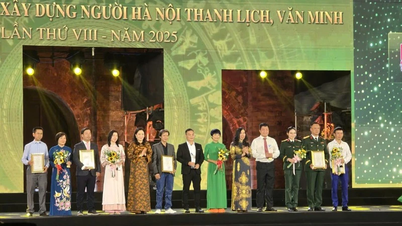

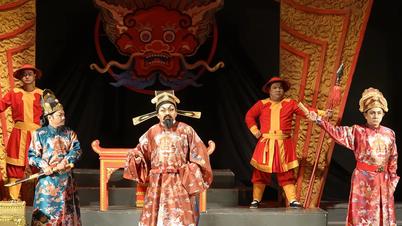

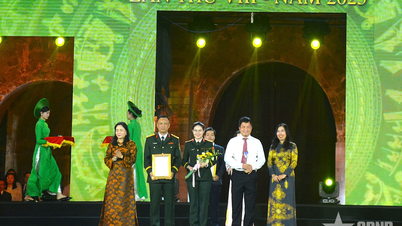

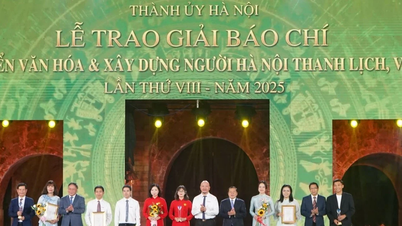

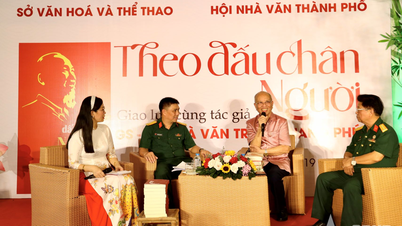






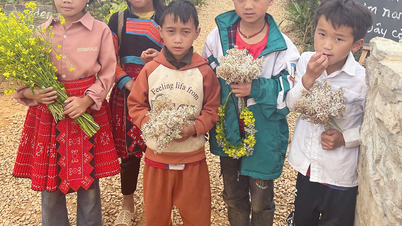




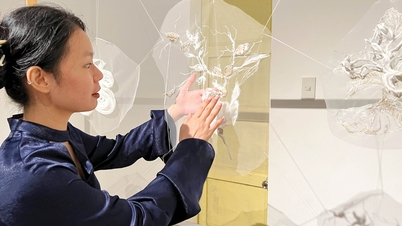

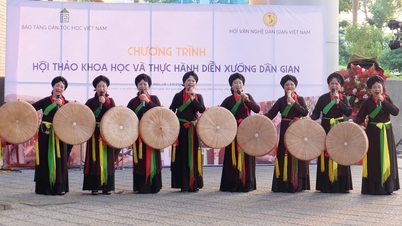



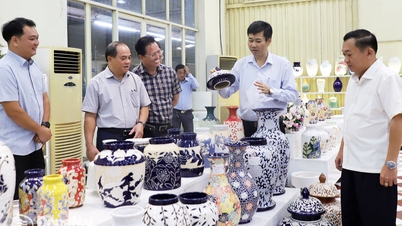









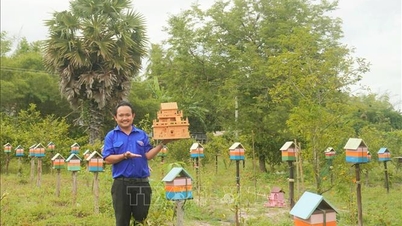





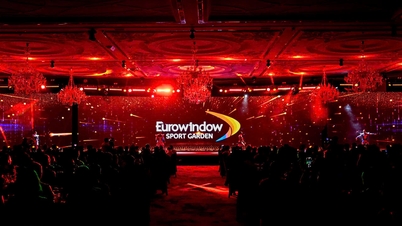










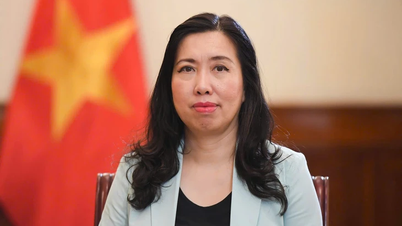






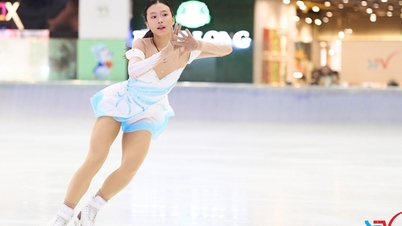










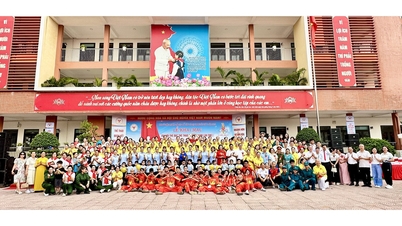

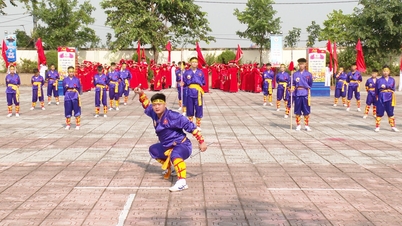














Comment (0)